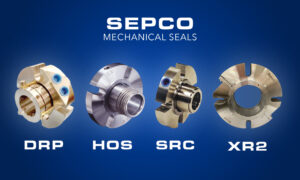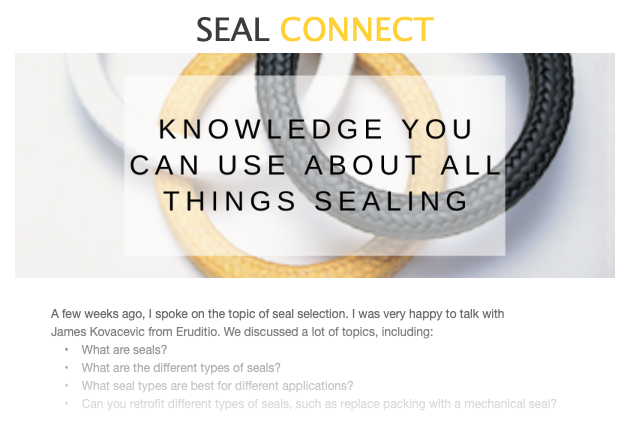The Most Common Reasons Mechanical Seals Fail
 Mechanical seals are designed to be reliable and robust, but they can still experience failures under certain conditions. The most common reasons for mechanical seal failures include:
Mechanical seals are designed to be reliable and robust, but they can still experience failures under certain conditions. The most common reasons for mechanical seal failures include:
- Improper Installation: Incorrect installation is one of the leading causes of seal failure. Poor installation practices, causing misalignment, can lead to premature wear and leakage.
- Contamination: The presence of abrasive or foreign particles in the fluid being pumped can cause rapid wear of the seal faces, leading to a loss of sealing effectiveness.
- Seal Face Damage: Mechanical seals rely on two flat, polished seal faces to create a tight seal. Damage to these faces due to mishandling, improper cleaning, or debris can cause leakage.
- Runout and Shaft Deflection: Excessive shaft runout or deflection can lead to uneven contact between the seal faces, resulting in premature wear and seal failure.
- Dry Running: Operating the pump without sufficient lubrication or fluid flow can cause the seal faces to overheat and wear out quickly.
- High Temperatures: Operating the mechanical seal at temperatures beyond its design limits can lead to thermal degradation and loss of sealing effectiveness.
- High Pressure: Mechanical seals are rated for specific pressure ranges. Operating the seal at pressures beyond its capabilities can cause failure.
- Chemical Incompatibility: Using a mechanical seal with materials that are not compatible with the pumped fluid can lead to swelling, softening, or chemical attack, resulting in failure.
- Cavitation: If the pump experiences cavitation, the rapid formation and collapse of vapor bubbles can cause pitting and erosion on the seal components and dramatically increase production costs.
- Vibration and Misalignment: Excessive vibration or misalignment can disrupt the proper functioning of the seal, leading to wear and failure.
- Aging and Wear: Over time, mechanical seals will naturally wear due to the friction between the seal faces, which can eventually lead to leakage and failure.
- Lack of Maintenance: Neglecting regular maintenance, such as monitoring for seal wear, replacing worn components, and ensuring proper lubrication, can contribute to seal failures.
To minimize the risk of mechanical seal failures, it is crucial to follow SEPCO’s installation procedures, choose the appropriate seal design and materials for the application, and perform regular maintenance and monitoring. SEPCO can help identify potential issues and implement preventive measures to prolong seal life and improve overall pump reliability.
Watch This Webinar to Learn More
Watch this webinar if you’re Interested in learning more about mechanical seal installation, reliability, and efficiency.
Looking for a Sealing Solutions Provider?
SEPCO has sealing solutions for many applications, even those with the strictest standards and the most challenging environments. We have decades of experience in providing solutions across multiple industries. We can help. Check out our website to browse all of our products.
 SEAL CONNECT
SEAL CONNECT Find Your Sealing Solution
Find Your Sealing Solution